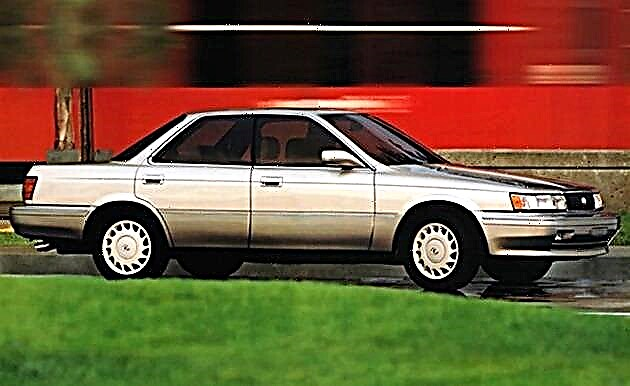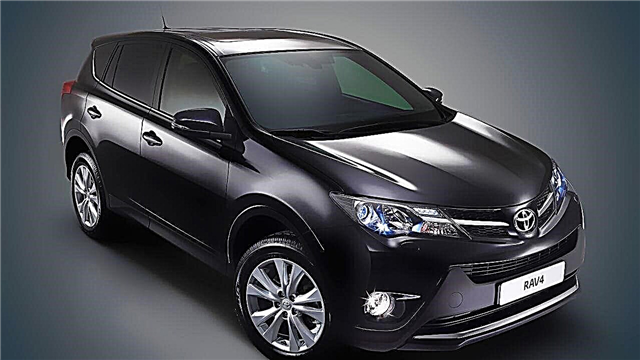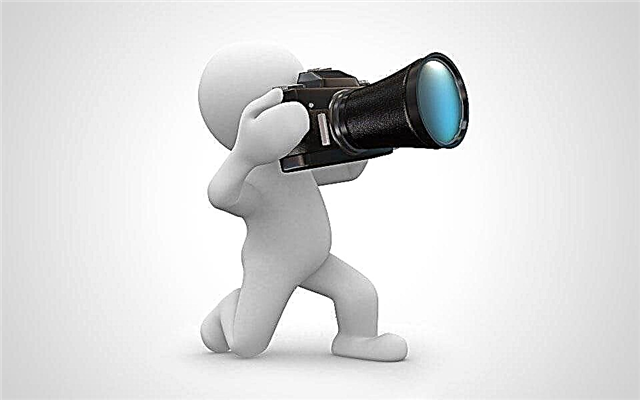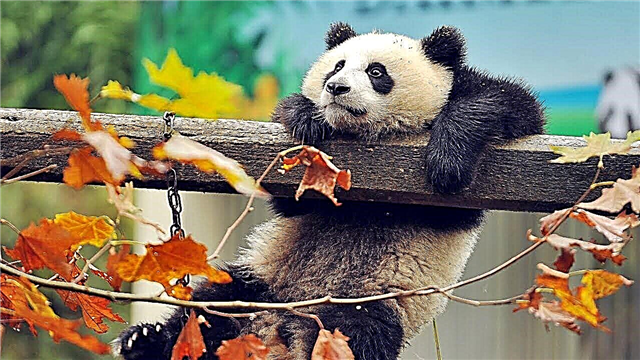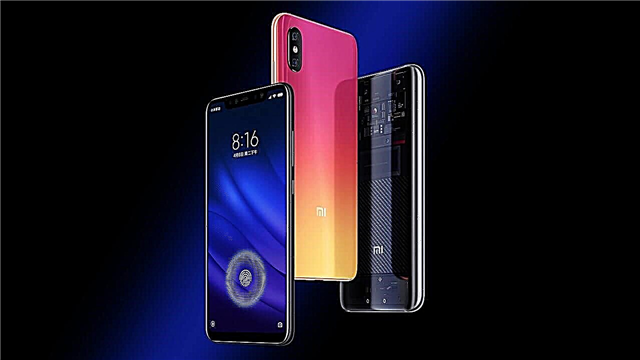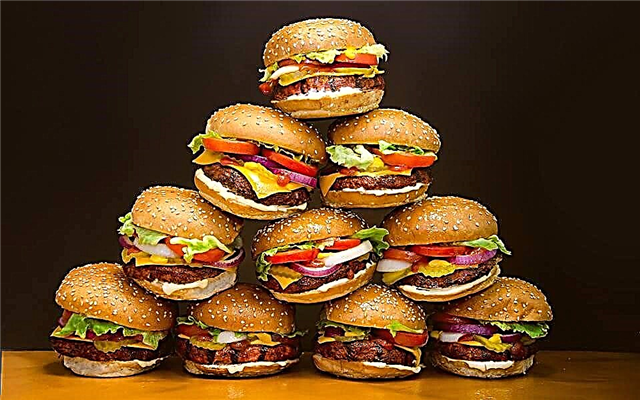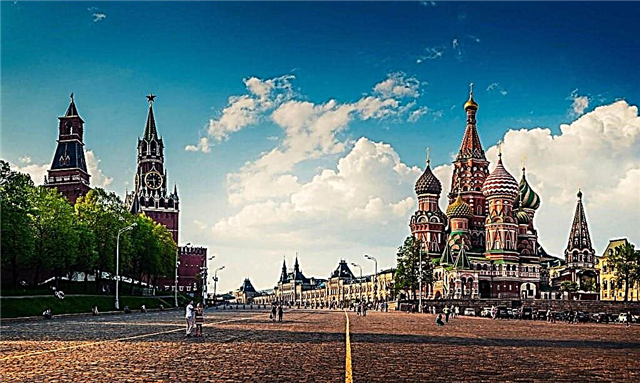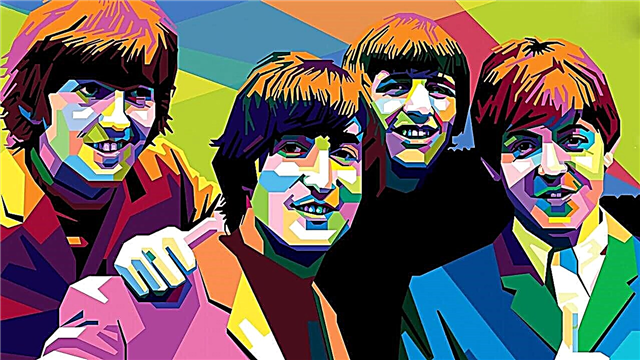Leading global brands cannot afford to stand still waiting for change. Instead, they act in advance of events, and continue to grow without worrying about maintaining the status quo. They are made leaders in their industry by recognizing the importance of investing in brand promotion while investing in innovations and improvements to existing products to stay ahead of the competition.
Analysts at Interbrand Consulting Agency published Global Brands Report - ranking of the most expensive brands of 2017.
It is based on three main factors:
- Financial indicators obtained through the sale of branded products and services.
- The role the brand name plays in influencing customer choice
- Customer loyalty (brand contribution to the company's future profits).
Interbrand's annual top 100 only includes companies whose business operates on three or more continents and that receive a third of their profits outside their home country. Therefore, in the list of the most expensive world brands there is not a single Russian company.
Here's what the most expensive brands of 2017 look like.


The five fastest growing brands this year are Facebook’s largest social network (+ 48% to value), Amazon online trading platform (+ 29%), Adobe software developer (+ 19%), Adidas concern, which produces sports equipment, clothes and shoes for sports (+ 17%) and one of the favorite brands of Starbucks coffee lovers (+ 16%).
More than half of the world's best brands work in one of four sectors:
- automotive industry (16 top 10 participants);
- technology (15 companies);
- financial services (12 brands);
- and consumer goods (9 brands).
Retail (19%) turned out to be the fastest growing sector in percentage terms, followed by sporting goods (10%), technology (8%), logistics (7%) and financial services (6%).
According to the Interbrand report, the United States dominates the list of the best global brands in 2017 with 52 brands in the top 100. Germany (10 brands) and France are behind the USA (France) with its eight brands (mainly fashion and beauty): Louis Vuitton, Hermes, Axa, L’Oreal, Danone, Cartier, Dior and Moet & Chandon.
As Interbrand CEO Jez Frampton said: “The only constant is change, and we live in one of the most exciting periods of change since the industrial revolution. The changes that we observe are social, professional, technological, economic, industrial and affect every aspect of trade and life. In this ever-changing context, growth is becoming increasingly complex. A business must find all new means so that the brand is easily recognizable and relevant for a particular culture, create a platform that allows you to get an exciting and unique experience, as well as a means to remain relevant, significant and valuable. In this changing world, business needs brands more than ever. ”

